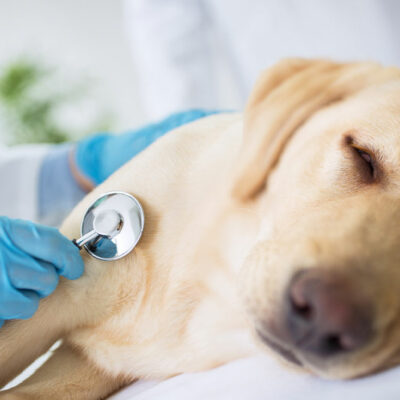
Pets
10 Signs of Illness to Look Out for in Dogs
Although pets cannot speak, they still communicate in other ways. If your dog feels ill, they may display signs of discomfort through subtle changes in their personality and mood. So, the key to knowing when your dog is sick is to look out for the signs. While this can prove difficult in older pets, you must look for the indicators. Read on to understand the 10 signs of sickness to look out for in your pet dog. Top 10 signs your dog is sick Lower energy levels Taking your dog for a walk can tire them out, but if you notice that your furry friend is consistently lacking energy, it can be a sign that something is wrong. The symptoms can be something as simple as decreased playfulness and lethargy. In such cases, it’s considered best to consult a veterinarian. This way, you can ensure a thorough examination of your dog’s overall health. Changes in urination Most trained dogs will not urinate around the house. So, when outside on your daily walk together, you must look for certain signs, such as changes in urine volume, blood in the urine, and strain while urinating. Especially in older dogs. Excessive urination can be a sign of kidney issues or diabetes mellitus, and blood in the urine could signify urinary tract infections or stones in the bladder.



















